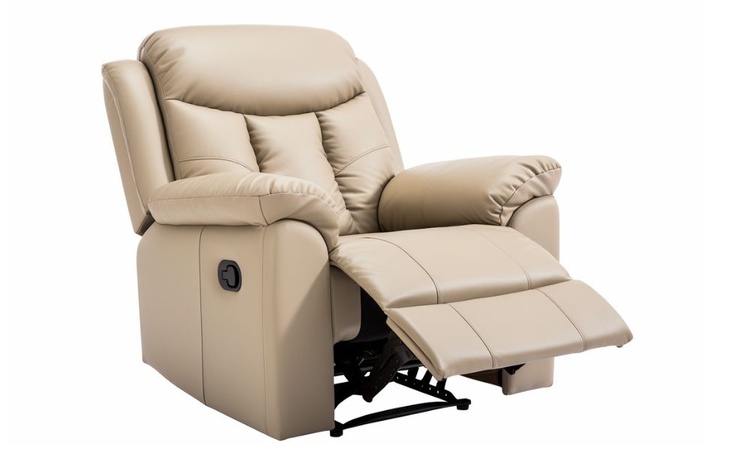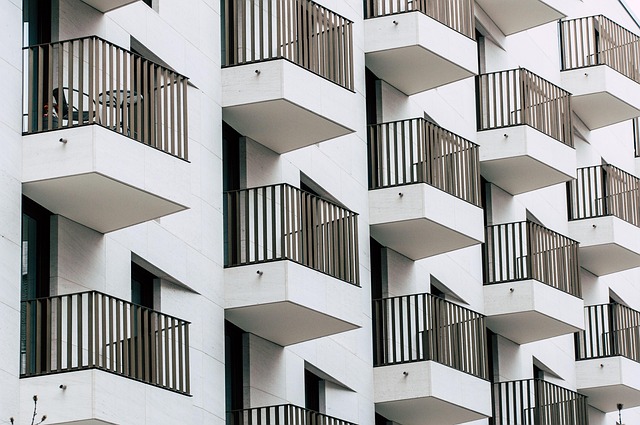Harnessing Hygge: The Danish Art of Coziness in American Homes
In a world of fast-paced living and constant digital connectivity, Americans are increasingly seeking solace in the comforting embrace of hygge. This Danish concept, pronounced "hoo-ga," has taken the U.S. interior design world by storm, offering a retreat from the chaos of modern life. But what exactly is hygge, and how can it transform your living space into a haven of warmth and contentment?

The Origins of Hygge
Hygge is deeply rooted in Danish culture, with its origins tracing back to the 18th century. The word itself is derived from the Old Norse term “hugga,” meaning to comfort or console. In a country known for long, dark winters, hygge emerged as a coping mechanism – a way to find joy and warmth in the midst of harsh conditions.
For centuries, Danes have embraced hygge as a lifestyle, incorporating its principles into their homes, social gatherings, and daily routines. It’s not just about physical comfort, but also about creating an atmosphere of togetherness, mindfulness, and appreciation for life’s simple pleasures.
The Principles of Hygge Design
At its core, hygge design is about creating a sense of intimacy and coziness within your living space. This is achieved through a careful balance of elements that engage all the senses. Soft textures, warm lighting, and natural materials are key components of a hygge-inspired interior.
Neutral color palettes dominate hygge design, with shades of white, cream, and gray creating a calming backdrop. Pops of muted colors – think soft blues, gentle greens, and warm browns – add depth and interest without overwhelming the senses.
Texture plays a crucial role in hygge interiors. Plush throw pillows, chunky knit blankets, and sheepskin rugs invite touch and create layers of comfort. Natural materials like wood, stone, and woven textiles bring an organic, grounding element to the space.
Lighting: The Heart of Hygge
Lighting is perhaps the most crucial element in creating a hygge atmosphere. Harsh overhead lights are replaced with soft, warm sources that mimic the gentle glow of candlelight. Table lamps, floor lamps, and string lights are strategically placed to create pockets of warmth throughout the room.
Candles are a hygge essential, used not just for their light but also for their ability to create a soothing ambiance. Scented candles can add another layer of comfort, with fragrances like vanilla, cinnamon, or pine evoking feelings of contentment and nostalgia.
Cultivating Coziness in American Homes
As hygge gains popularity in the United States, homeowners are finding creative ways to incorporate its principles into their existing decor. The beauty of hygge is its adaptability – it can be seamlessly integrated into various design styles, from modern minimalism to rustic farmhouse.
Creating a hygge-inspired reading nook is a popular trend in American homes. A comfortable armchair or window seat, paired with soft cushions and a cozy throw, becomes an inviting retreat for relaxation and reflection. Adding a small side table for books and a warm beverage completes the hygge experience.
In the bedroom, hygge principles translate to layered bedding, soft lighting, and clutter-free surfaces. Plush duvets, multiple pillows, and weighted blankets create a cocoon-like environment that promotes restful sleep and relaxation.
The Hygge Kitchen: Heart of the Home
The kitchen, often considered the heart of the home, is the perfect place to embrace hygge principles. Open shelving displaying favorite mugs and dishes adds a personal touch, while warm wood tones and soft lighting create a welcoming atmosphere for gathering and sharing meals.
Incorporating a cozy breakfast nook or a small seating area in the kitchen encourages lingering over morning coffee or intimate conversations while preparing meals. These thoughtful touches transform the kitchen from a purely functional space into a nurturing environment that fosters connection and comfort.
Hygge Beyond Decor: A Lifestyle Shift
While hygge-inspired design can certainly transform a living space, true hygge extends beyond physical surroundings. It’s about cultivating a mindset of gratitude, presence, and connection. American homeowners embracing hygge are not just redecorating – they’re shifting their lifestyle priorities.
This might mean creating tech-free zones in the home to encourage face-to-face interaction and mindfulness. It could involve establishing rituals like weekly family game nights or cozy Sunday brunches. The key is to slow down, savor moments, and find joy in life’s simple pleasures.
The Future of Hygge in American Design
As the hygge trend continues to evolve in the United States, we’re seeing a unique fusion of Danish coziness with American practicality and innovation. Smart home technology is being integrated in subtle ways that enhance rather than detract from the hygge atmosphere. For example, programmable lighting systems can mimic the warm glow of candlelight, while smart thermostats ensure optimal comfort.
Additionally, there’s a growing emphasis on sustainability within hygge-inspired design. American consumers are increasingly seeking out eco-friendly materials and energy-efficient solutions that align with hygge’s principles of mindfulness and appreciation for nature.
In conclusion, the rise of hygge in American homes reflects a deeper cultural shift towards prioritizing well-being, connection, and comfort in our living spaces. By embracing this Danish concept and adapting it to suit our unique lifestyles, we’re creating homes that not only look beautiful but also nurture our souls and foster a sense of contentment in an often chaotic world.





